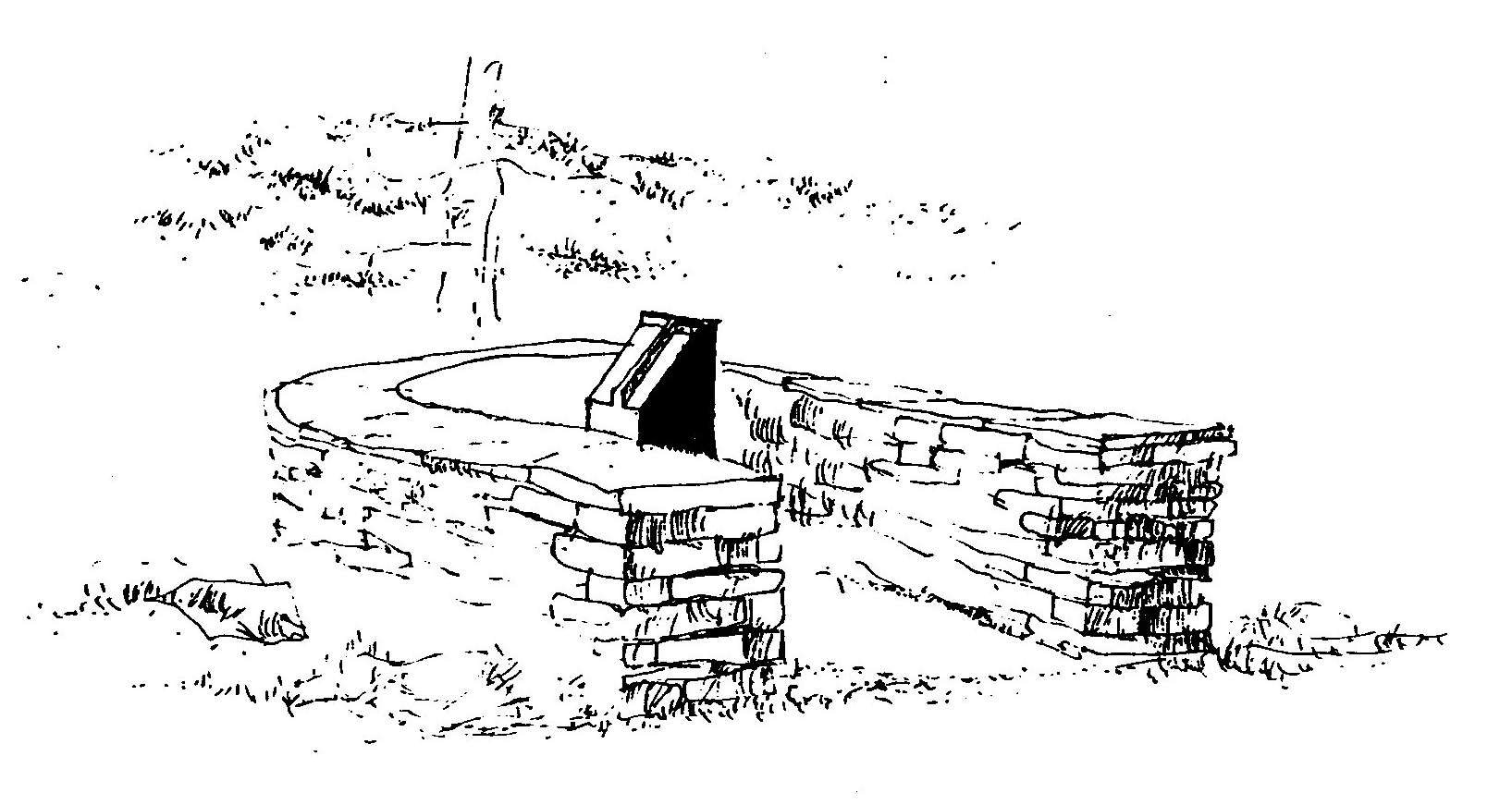|
A NOTE ON
SUNDIALS
[Text as written for the
Bollington ArtsCentre Magazine, Autumn 1992]
The sundial, as
a means of determining the time and regulating the clock, has faded into
history and is regarded by most people as little more than a garden ornament
or, at best, a rather second-rate ' solar ' clock. In fact, unlike a clock,
the sundial is not a time-keeper as such, but an astronomical instrument the
purpose of which is to determine the time by the apparent motion of the sun.
It indicates the true time by the sun, which is called local apparent (
solar) time, which, when corrected for the difference in longitude of the
place in which the sundial is situated from the standard meridian, will give
standard apparent (solar) time. When corrected for the equation of time, ie.
the correction for the earth’s varying orbital speed and the tilt of the
earth's axis to the plane of its orbit, the sundial will give standard mean
(solar) time. i.e. Greenwich Mean Time or everyday 'clock' time in the UK.
The 'longitude' correction is a permanent correction and may be included in
the construction of the sundial. The equation of time correction is variable
and must usually be applied according to the date in question.
Basically,
there are four primary classes of sundial:
Of these four
classes, the equinoctial dial is the principal sundial, since it is
fundamental to the whole science and art of sundial construction. The
horizontal dial is the most common, of course, and the one of which most
people think when the sundial is brought to mind. The vertical dial, on the
other hand, is the sundial which flourished for centuries as the primary
means of regulating the public clock, and many such dials are still to be
found on historic buildings throughout the country. The polar dial, however,
is the one
class of
sundial that is comparatively rare, except in the form of a direct
east-facing or west-facing vertical dial, or as a component of the cruciform
sundial, usually to be seen on a plinth as a memorial 'cross'. Thus the
direct 'south- facing' polar sundial, in which the plane of the dial
'reclines' from the vertical, at an angle complementary to the angle of the
latitude of the place for which the dial has been made, is something of a
rarity.
The sundial at
the Bollington Arts Centre is just such a rarity, indeed its design makes it
unique. The shape of the sundial brings to mind the Scottish ' lectern'
dial, which is a class of multiple sundial to be found in Scotland, on which
Dr Andrew Somerville was the leading authority in recent years.
(1) the
horizontal sundial, in which the plane of the dial-plate lies in the
horizontal plane;
(2) the
vertical sundial, in which the plane of the dial-plate or dial-face lies in
the vertical plane;
(3) the polar
sundial, in which the plane of the dial-face lies parallel to the plane of
the polar-axis of the earth; and
(4) the
equinoctial sundial, in which the plane of the dial-plate lies in the plane
of, or parallel to the plane of the equinoctial, ie. the equator, or in
which the hour-lines of such a plane are extended to the encompassing
cylindrical or spherical surface, in order
to facilitate
the use of the instrument.
Most people,
perhaps, may remember Andrew Somerville for his interest and expertise in
sundials. He is revered as the first chairman of the British Sundial
Society, of which he was the principal founding member when the society was
formed in 1989 .
But Andrew had
many interests and many talents, one of which was a great love of music. He
was a founder member and enthusiast for the Bollington Arts Centre, Chairman
of the Bollington Chamber Music Group, and member of the Bollington Festival
Choir. The sundial in his memory has been cut from a rectangular block of
blue pennant stone, the dial face lying at an angle of 37 degrees to the
vertical. On the south face is carved the inscription 'In memory of Andrew
Somerville 1923-1990'.
Christopher St
J H Daniel
NB.
Christopher Daniel MBE designed the memorial polar sundial at the Arts Centre and
SunInfo is grateful for his permission to publish this short article.

[Back]
15.11.17 |

